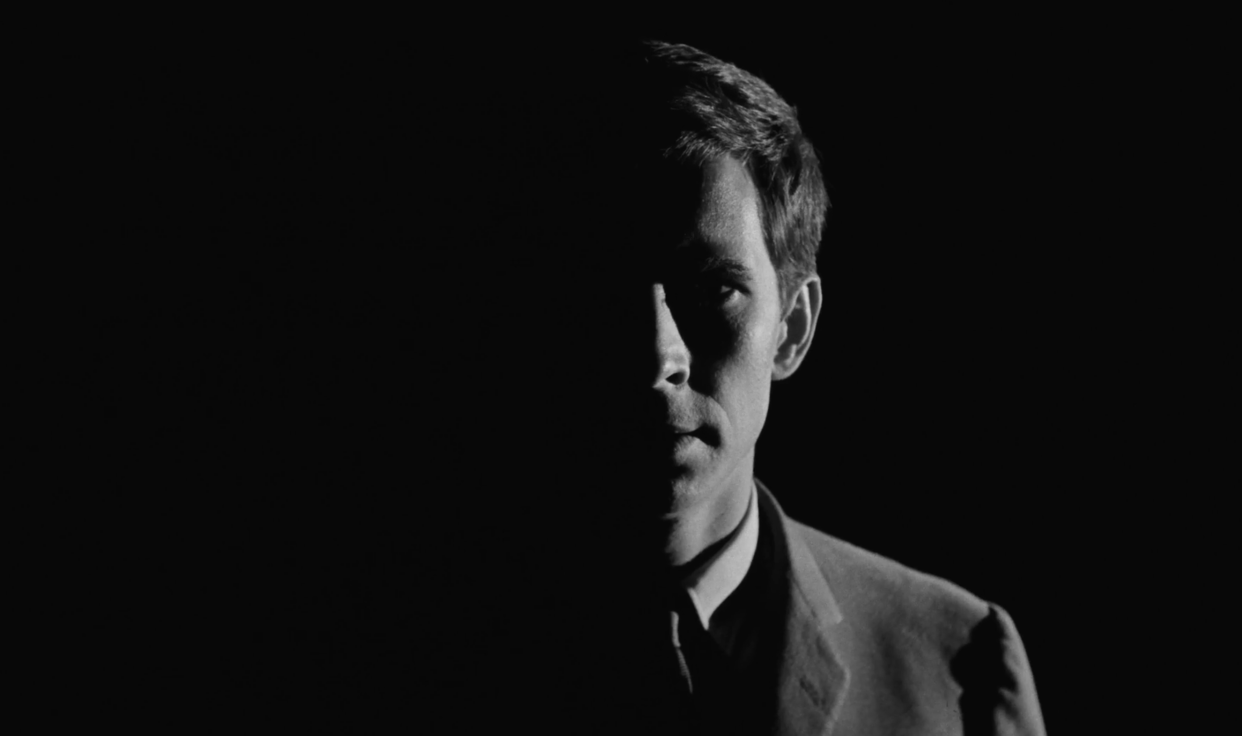Orson Welles’ Trippy Kafka Masterpiece ‘The Trial’ Lives Again — Watch the Restoration Trailer

- Oops!Something went wrong.Please try again later.
Unless you’re savvy with torrenting, Orson Welles’ trippy and disturbing 1962 film “The Trial” has been hard to find. Various restorations from 35mm negatives have popped up over the years, but Welles fans have long been resigned to inferior-quality rips on DVD, VHS, or the internet. That’s no longer so, as Rialto Pictures is releasing a long-overdue 4K restoration of the Franz Kafka adaptation starring Anthony Perkins as a man being persecuted for an unspecified crime. The 60th-anniversary 4K restoration opens at Film Forum December 9 before expanding nationally, and IndieWire has the exclusive trailer below.
“The Trial” also stars Jeanne Moreau, Romy Schneider, and Elsa Martinelli as the women who become entangled with Josef K. (Perkins) and his trial. The film, which has occasionally played repertory houses in low-quality formats, was restored by Studiocanal and La Cinematheque Francaise. The image and sound restorations were carried out in 4K at the L’image Retrouvee laboratory using the original 35mm negative. Misunderstood at the time but later revered by critics including Roger Ebert, “The Trial” employs expressionistic cinematography by Edmond Richard, who also shot several films for Luis Bunuel. Its disorienting scenic design has proven inspirational for many filmmakers — you can even see touches of “The Trial” in the films of Terry Gilliam — even if the movie itself has largely been lost to time. The director, of course, has a cameo in the movie.
More from IndieWire
'La Piscine' Restoration Trailer: Alain Delon and Romy Schneider Smolder in the Steamy 1969 Drama
Expedition to Search for Uncut 'Magnificent Ambersons' Print in Brazil Set for Fall 2021
From Ebert’s 2000 reappraisal: “The world of the movie is like a nightmare, with its hero popping from one surrealistic situation to another. Water towers open into file rooms, a woman does laundry while through the door a trial is underway, and huge trunks are dragged across empty landscapes and then back again. The black-and-white photography shows Welles’ love of shadows, extreme camera angles and spectacular sets. He shot it mostly inside the Gare d’Orsay in Paris, which, after it closed as a train station and before it was reborn as a museum, offered vast spaces; the office where Joseph K works consists of rows of desks and typists extending almost to infinity, like a similar scene in the silent film ‘The Crowd.’ Kafka published his novel in Prague in 1925; it reflected his own paranoia, but it was prophetic, foreseeing Stalin’s gulag and Hitler’s Holocaust, in which innocent people wake up one morning to discover they are guilty of being themselves. It is a tribute to his vision that the word ‘Kafkaesque’ has, like ‘Catch-22,’ moved beyond the work to describe things we all see in the world.”
Best of IndieWire
Where to Watch This Week's New Movies, from 'Beau Is Afraid' to 'Evil Dead Rise' and More
The 23 Best Nude Scenes in Film, from 'Shortbus' to 'Blue Velvet'
Sign up for Indiewire's Newsletter. For the latest news, follow us on Facebook, Twitter, and Instagram.

